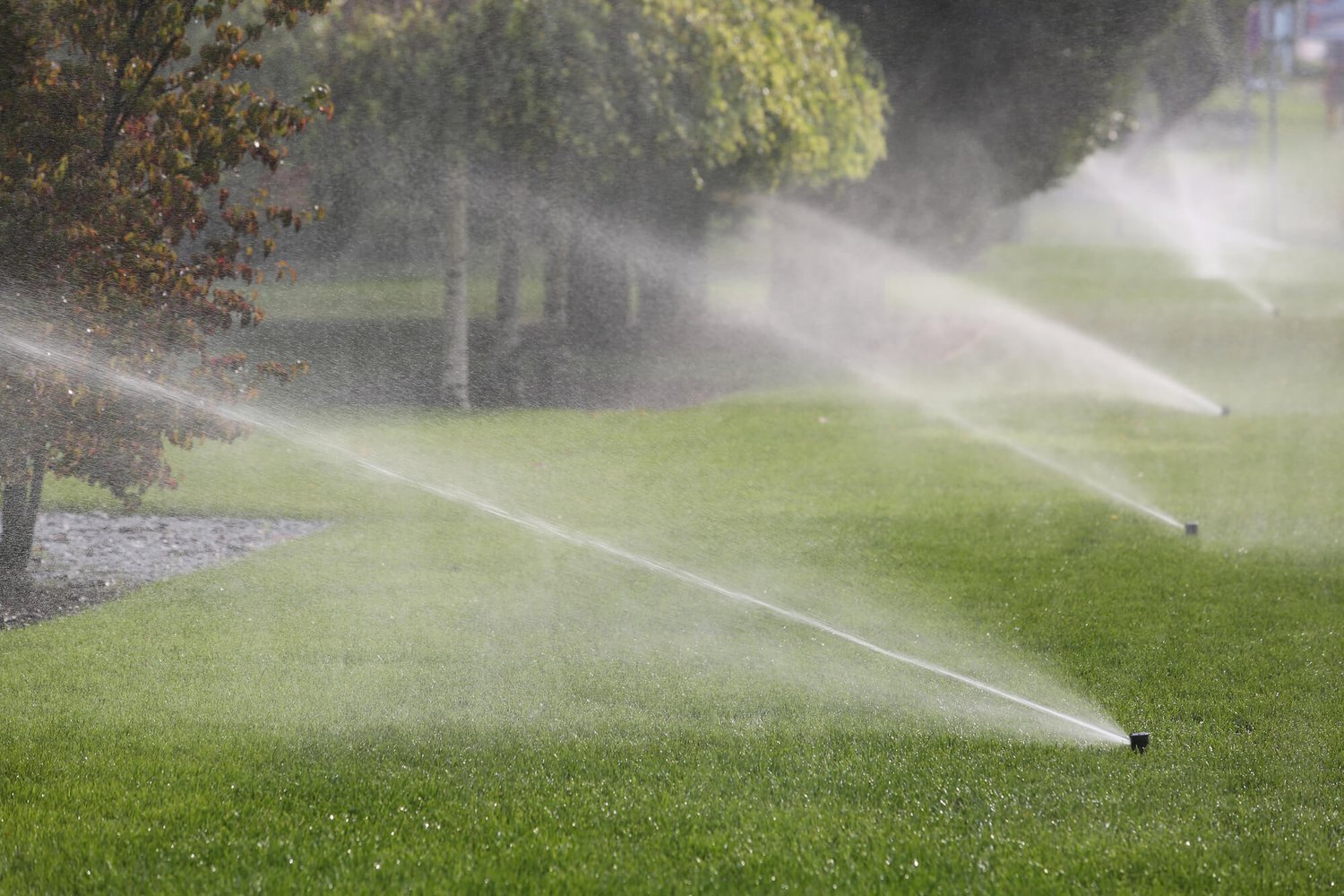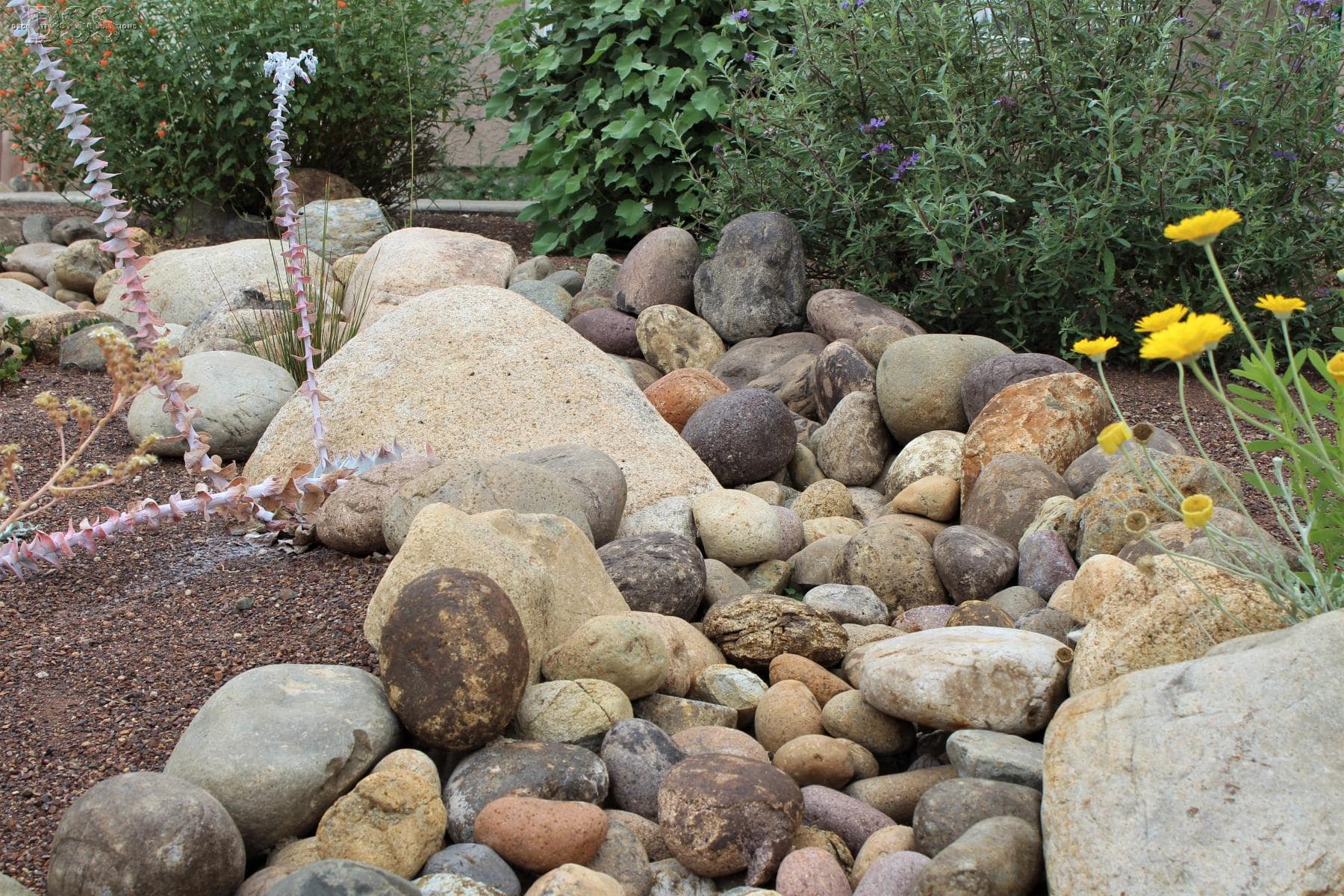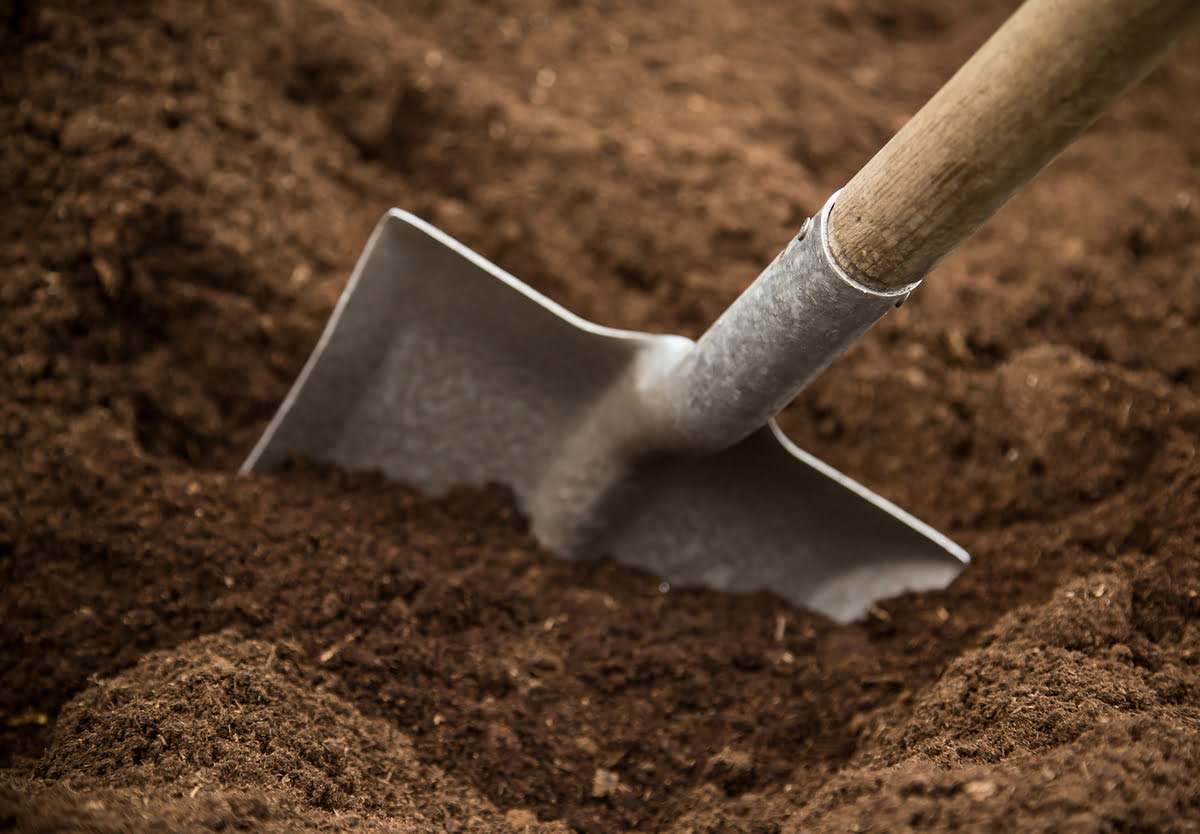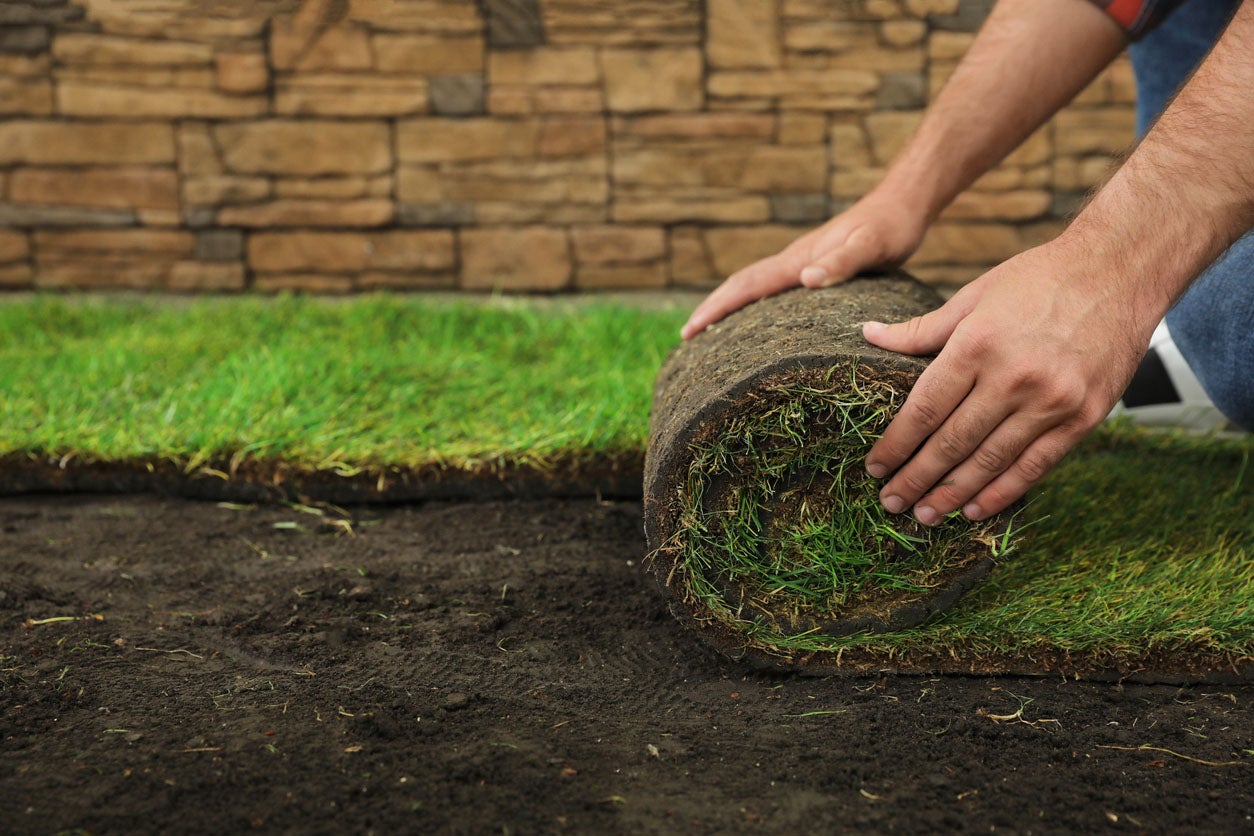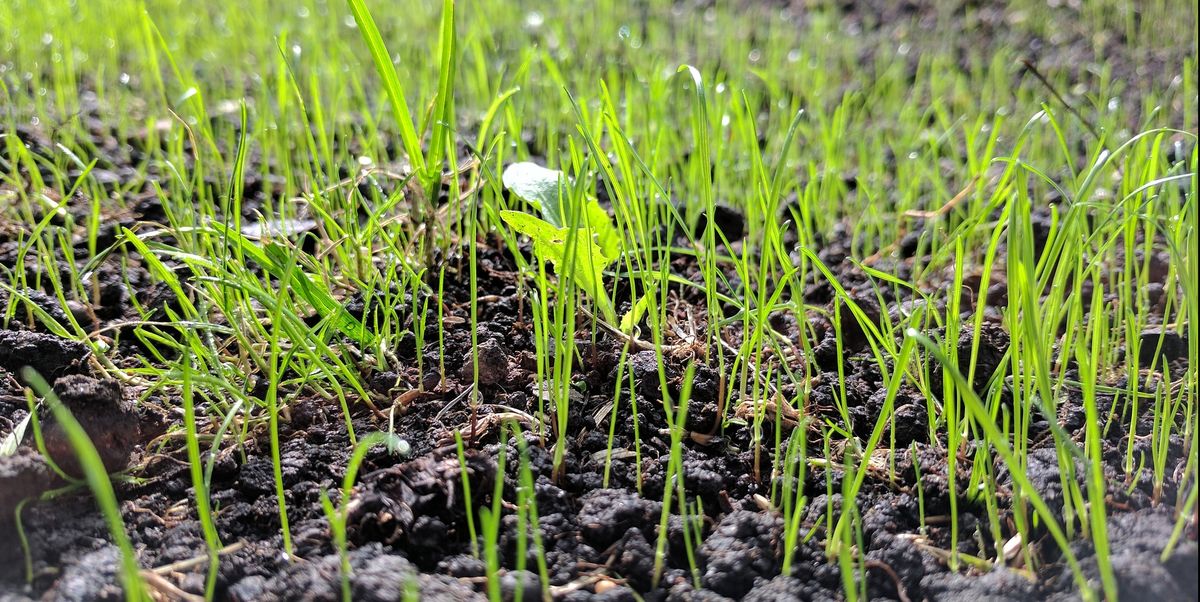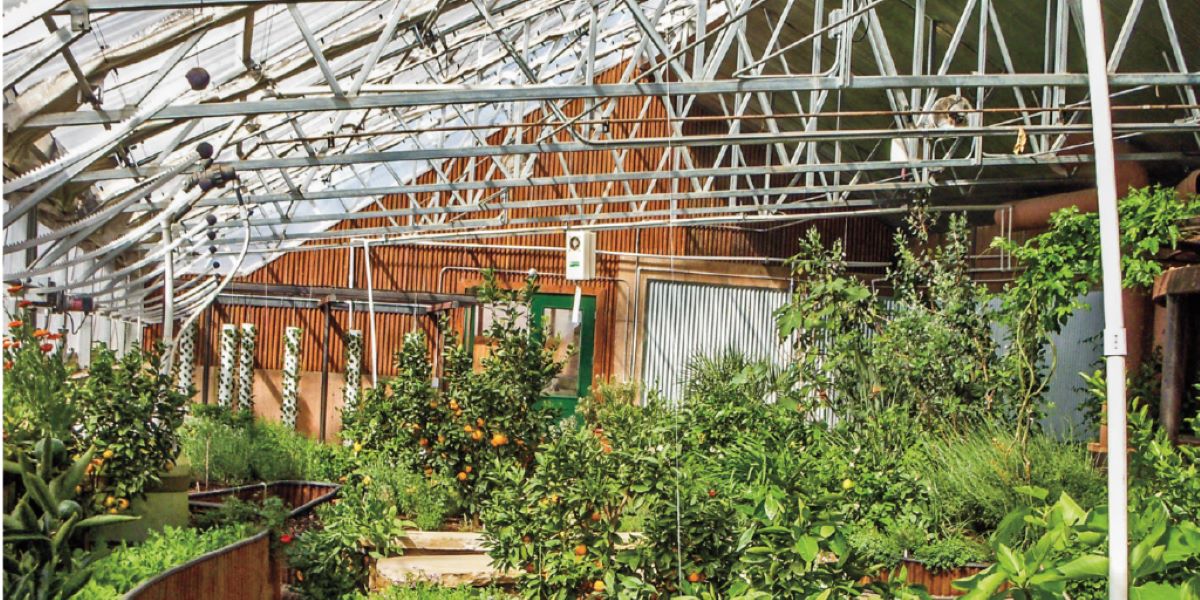Home>Gardening Tips and Tricks>Eco-Friendly Gardening>What Size Pump Do I Need For Aeroponics


Eco-Friendly Gardening
What Size Pump Do I Need For Aeroponics
Modified: January 22, 2024
Discover the perfect pump size for your eco-friendly aeroponic gardening setup. Learn how to optimize your system for maximum efficiency and growth.
(Many of the links in this article redirect to a specific reviewed product. Your purchase of these products through affiliate links helps to generate commission for Chicagolandgardening.com, at no extra cost. Learn more)
Table of Contents
Introduction
Understanding the Importance of the Right Pump Size for Aeroponics
When it comes to aeroponics, a cutting-edge and eco-friendly method of cultivating plants, every component plays a crucial role in ensuring optimal growth and productivity. Among these components, the pump stands out as a vital element that directly impacts the efficiency and success of an aeroponic system. Understanding the significance of selecting the right pump size for aeroponics is essential for both novice and experienced gardeners aiming to harness the full potential of this innovative growing technique.
Aeroponics, often heralded as the future of sustainable agriculture, involves suspending plant roots in an air or mist environment while delivering vital nutrients directly to the roots. This method offers several advantages, including efficient nutrient absorption, accelerated plant growth, and water conservation. However, to achieve these benefits, the aeroponic system must be equipped with a pump that can effectively and consistently deliver the nutrient solution to the plant roots.
In this comprehensive guide, we will delve into the intricacies of aeroponics systems and explore the factors that must be considered when selecting a pump. Additionally, we will uncover the methods for calculating the ideal pump size required for an aeroponic setup. By the end of this article, you will have gained valuable insights into the critical role of pump sizing in aeroponics and be equipped with the knowledge to make informed decisions when setting up or optimizing your own aeroponic garden. Let's embark on this enlightening journey into the world of aeroponic gardening and the pivotal role of pump selection in its success.
Understanding Aeroponics Systems
Before delving into the specifics of pump selection for aeroponics, it is imperative to grasp the fundamental principles and components of aeroponic systems. Unlike traditional soil-based or hydroponic cultivation methods, aeroponics relies on delivering nutrients directly to the roots through a fine mist or air environment. This innovative approach offers numerous benefits, making it an increasingly popular choice among environmentally conscious gardeners and commercial growers.
At the heart of an aeroponic system lies the root chamber, where the plant roots are suspended in a nutrient-rich mist or air. This environment allows for optimal oxygen exposure, promoting vigorous root growth and efficient nutrient absorption. The nutrient solution, typically consisting of water and essential plant nutrients, is delivered to the roots at regular intervals, ensuring that the plants receive a consistent and balanced supply of nutrients.
One of the defining features of aeroponics is the minimal use of water compared to traditional soil-based cultivation. By delivering nutrients directly to the roots in a highly targeted manner, aeroponic systems maximize resource efficiency, making them an eco-friendly choice for sustainable gardening practices. Additionally, the absence of soil eliminates the risk of soil-borne diseases, offering a hygienic and low-maintenance growing environment.
Furthermore, aeroponic systems facilitate rapid plant growth and higher yields, making them an attractive option for both home gardeners and commercial growers. The efficient nutrient delivery and oxygenation of the roots result in accelerated growth rates and robust, healthy plants. This method also allows for the cultivation of a wide range of plant species, from leafy greens and herbs to fruiting plants, offering versatility and adaptability for diverse gardening preferences.
By understanding the core principles of aeroponics and the inherent advantages it offers, gardeners can appreciate the pivotal role of the pump in sustaining this innovative growing method. The next section will explore the key factors to consider when selecting a pump for aeroponics, shedding light on the critical aspects that contribute to the overall success of an aeroponic garden.
Factors to Consider When Choosing a Pump
When embarking on the journey of setting up an aeroponic system, selecting the right pump is a decision that warrants careful consideration. Several critical factors come into play when evaluating and choosing a pump that will effectively cater to the unique requirements of an aeroponic garden. Understanding these factors is essential for ensuring optimal nutrient delivery, system reliability, and overall plant health.
- Flow Rate: The flow rate of a pump, measured in gallons per hour (GPH), is a pivotal consideration when choosing a pump for aeroponics. It determines the volume of nutrient solution that the pump can deliver to the root chamber within a specific time frame. A higher flow rate is generally preferred for larger systems or those supporting a greater number of plants, ensuring consistent nutrient delivery to all the plants in the system.
- Pressure: In aeroponic systems, the pump’s ability to maintain adequate pressure is crucial for creating the fine mist or droplets that deliver nutrients to the roots. Optimal pressure ensures uniform coverage and effective nutrient absorption by the roots, contributing to healthy plant growth. It is essential to select a pump that can maintain the required pressure for the specific design and size of the aeroponic setup.
- Energy Efficiency: Given the continuous operation of the pump in an aeroponic system, choosing an energy-efficient pump can lead to cost savings and reduced environmental impact. Energy-efficient pumps not only contribute to sustainable gardening practices but also result in lower operational expenses over the long term.
- Noise Level: While not directly related to the pump’s performance, the noise level is a practical consideration, especially for home gardeners. Selecting a pump with minimal noise output ensures a tranquil growing environment, making it an ideal choice for indoor or urban aeroponic gardens.
- Durability and Reliability: The durability of the pump is paramount, particularly in commercial or large-scale aeroponic setups. A reliable pump with robust construction and proven longevity can minimize maintenance requirements and potential downtime, contributing to the overall efficiency and productivity of the aeroponic system.
By carefully evaluating these factors and aligning them with the specific needs and scale of the aeroponic garden, gardeners can make informed decisions when selecting a pump. The next section will delve into the methodology for calculating the ideal pump size required to effectively support an aeroponic system, empowering gardeners to optimize their growing environments with confidence and precision.
Calculating the Pump Size Needed for Aeroponics
Calculating the appropriate pump size for an aeroponic system is a crucial step in ensuring the efficient and reliable delivery of nutrient solution to the plant roots. By taking into account the specific requirements of the aeroponic setup, gardeners can determine the ideal pump size that aligns with the system’s flow rate, pressure, and overall performance needs. The following methodology provides a comprehensive approach to calculating the pump size needed for a successful aeroponic garden.
Determine the System’s Flow Rate: Begin by assessing the total flow rate required to deliver the nutrient solution to all the plants in the aeroponic system. This involves considering the number of plant sites, the desired frequency of nutrient delivery, and the volume of solution needed for optimal plant nourishment. By calculating the total flow rate, gardeners can establish the minimum flow rate that the pump should be capable of delivering to meet the system’s demands.
Assess the Required Pressure: In tandem with the flow rate, it is essential to evaluate the necessary pressure for the aeroponic system. The pressure requirement is dictated by the design of the misting or atomization nozzles used to disperse the nutrient solution. By determining the pressure needed to achieve the desired misting effect and coverage within the root chamber, gardeners can identify a pump capable of maintaining the requisite pressure for effective nutrient delivery.
Consider Redundancy and Safety Margins: When calculating the pump size, it is prudent to incorporate redundancy and safety margins into the assessment. By selecting a pump with a slightly higher flow rate and pressure capacity than the calculated minimum requirements, gardeners can account for potential system expansions, nozzle blockages, or unforeseen variations in nutrient solution viscosity, ensuring a robust and adaptable setup.
Match Pump Specifications to System Requirements: Armed with the determined flow rate, pressure, and safety margins, gardeners can then seek out pumps that align with these specifications. It is essential to select a pump that not only meets the calculated requirements but also offers reliability, energy efficiency, and durability to sustain the demands of the aeroponic system over the long term.
By methodically calculating the pump size based on the specific needs of the aeroponic system, gardeners can optimize nutrient delivery, promote healthy plant growth, and mitigate potential operational challenges. This calculated approach empowers gardeners to make informed decisions when investing in a pump, setting the stage for a flourishing and productive aeroponic garden.
Conclusion
As we conclude this insightful exploration into the pivotal role of pump selection in aeroponics, it becomes evident that the success of an aeroponic garden hinges on the careful consideration of various factors when choosing a pump. From the flow rate and pressure requirements to energy efficiency and durability, each aspect plays a vital role in sustaining the optimal functioning of the aeroponic system.
By understanding the fundamental principles of aeroponics and the specific demands of the chosen plant species, gardeners can make informed decisions when selecting a pump tailored to their unique requirements. The calculated approach to determining the ideal pump size ensures that the nutrient solution is delivered consistently and efficiently to the plant roots, fostering robust growth and bountiful yields.
Furthermore, the eco-friendly nature of aeroponic systems, coupled with their water-saving capabilities and versatility in supporting various plant species, positions them as a sustainable and innovative choice for modern gardening practices. The meticulous attention to pump selection and sizing underscores the commitment to maximizing resource efficiency and promoting healthy, thriving plants.
Armed with the knowledge gained from this guide, gardeners are empowered to embark on their aeroponic gardening endeavors with confidence, knowing that the heart of their system—the pump—has been carefully chosen to support the flourishing of their plants. Whether cultivating a small-scale aeroponic garden at home or implementing a larger commercial setup, the principles outlined in this guide serve as a valuable compass for navigating the dynamic landscape of aeroponic gardening.
As the allure of aeroponics continues to captivate gardening enthusiasts and sustainability advocates alike, the significance of pump selection and sizing remains a cornerstone of success in this innovative growing methodology. By embracing the principles of efficiency, precision, and sustainability, gardeners can harness the full potential of aeroponics, paving the way for a greener, more abundant future in gardening and agriculture.
